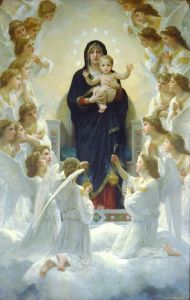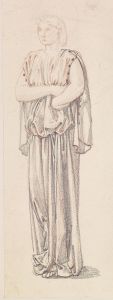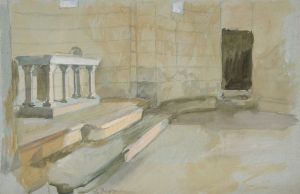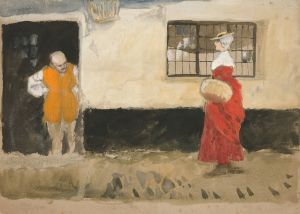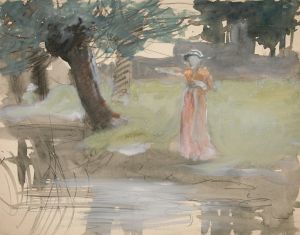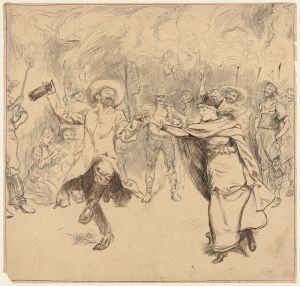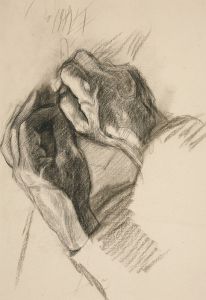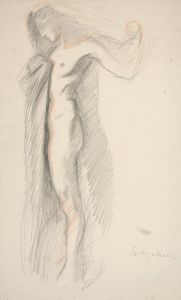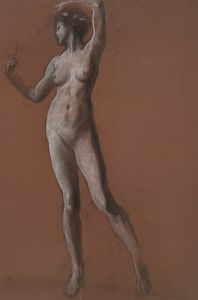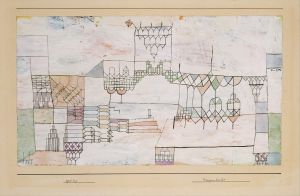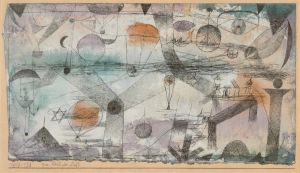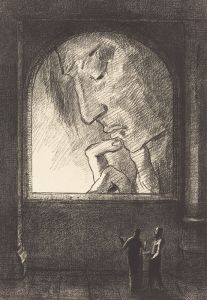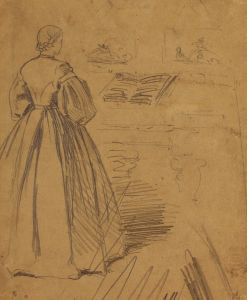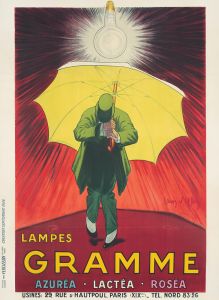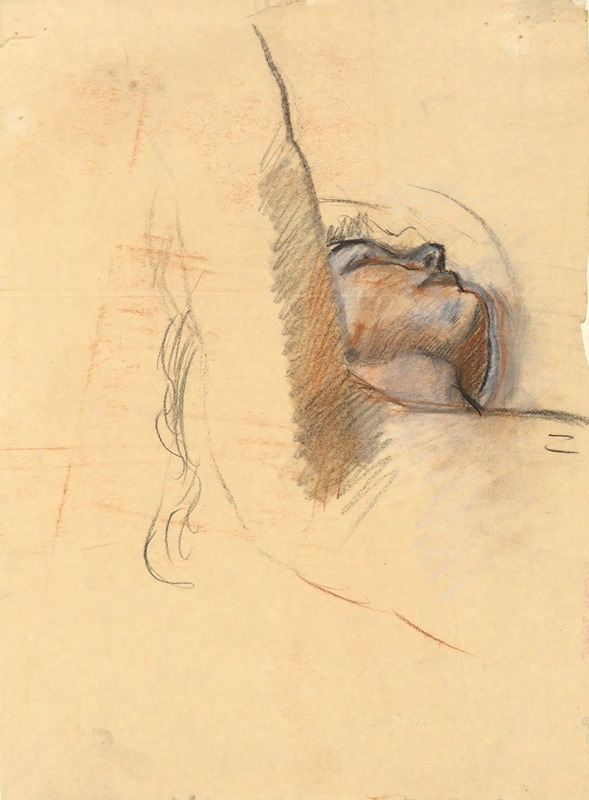
Study for The Spirit of Light
A hand-painted replica of Edwin Austin Abbey’s masterpiece Study for The Spirit of Light, meticulously crafted by professional artists to capture the true essence of the original. Each piece is created with museum-quality canvas and rare mineral pigments, carefully painted by experienced artists with delicate brushstrokes and rich, layered colors to perfectly recreate the texture of the original artwork. Unlike machine-printed reproductions, this hand-painted version brings the painting to life, infused with the artist’s emotions and skill in every stroke. Whether for personal collection or home decoration, it instantly elevates the artistic atmosphere of any space.
Edwin Austin Abbey's "Study for The Spirit of Light" is a preparatory work by the American artist known for his contributions to mural painting and illustration during the late 19th and early 20th centuries. Abbey was a prominent figure in the American art scene and was particularly celebrated for his historical and literary themes, often drawing inspiration from Shakespearean and other classic literature.
"The Spirit of Light" was part of Abbey's larger body of work that often explored allegorical and symbolic themes. While specific details about "Study for The Spirit of Light" are limited, it is understood to be a preliminary study for a larger mural or painting project. Abbey's studies typically involved detailed sketches and smaller compositions that allowed him to experiment with form, composition, and lighting before executing the final piece.
Abbey's artistic process was meticulous, often involving extensive research and numerous studies. His work was characterized by a keen attention to detail and a strong narrative quality, which can be seen in his other well-known projects such as the murals for the Boston Public Library and the Pennsylvania State Capitol. These works often featured allegorical figures and complex compositions that required careful planning and execution.
The study likely reflects Abbey's interest in the interplay of light and shadow, a common theme in his work. His ability to manipulate light to enhance the narrative and emotional impact of his scenes was one of his defining artistic traits. This skill is evident in his larger completed works, where light often serves as a symbolic element, guiding the viewer's attention and enhancing the storytelling aspect of the piece.
Abbey's career was marked by significant achievements and recognition. He was elected to the National Academy of Design in 1902 and was also a member of the Royal Academy in London, reflecting his international acclaim. His work was influential in both the United States and Europe, and he was part of a movement that sought to elevate the status of mural painting in public and private spaces.
While "Study for The Spirit of Light" itself may not be as widely documented as some of Abbey's other works, it represents an integral part of his artistic process. Studies like this one were crucial for Abbey to refine his ideas and techniques, ultimately contributing to the success of his larger projects. Abbey's legacy continues to be appreciated for its contribution to American art and the muralist tradition, with his works remaining a subject of study for their artistic and historical significance.





